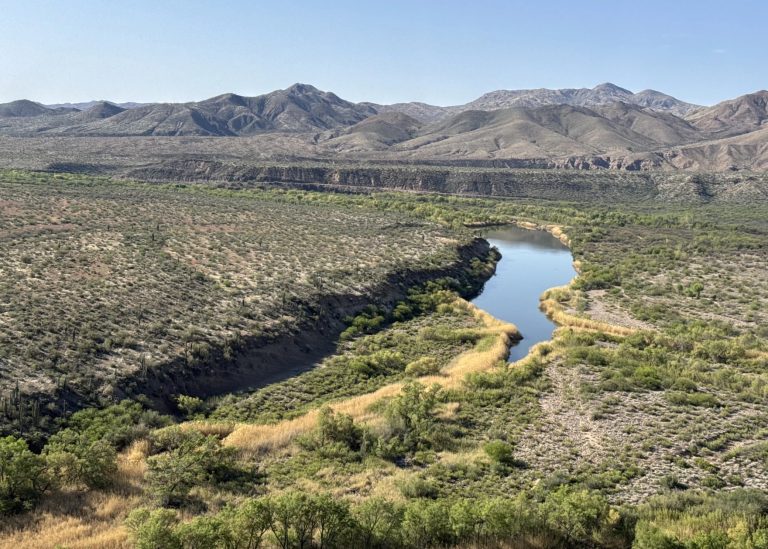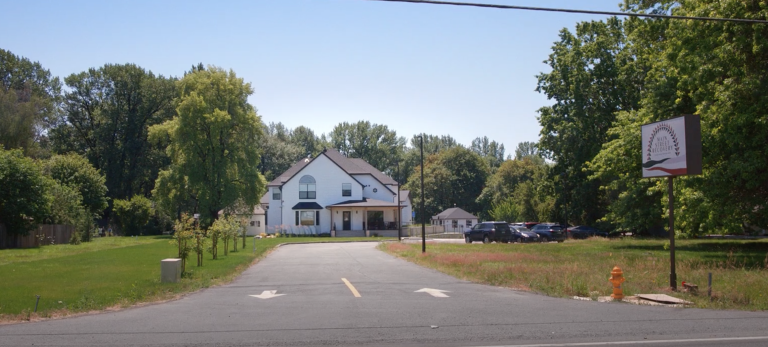
Demonstrators against the Dakota Access Pipeline say they endured rubber bullets, water hoses, tear gas and concussion grenades from law enforcement officers during protests Sunday, Nov. 20. (Photo-Tracy Peterson)
By Daysha Eaton, Cannon Ball, ND
Two Athabascan men from Alaska are among the estimated 2,500 people now gathered near the Standing Rock Sioux Reservation and witnessed the confrontations with law enforcement officials. They came to support the Oceti Sakowin in the efforts to stop the Dakota Access Pipeline from crossing under the Missouri River.
Some people participate in direct actions– protests near the path of the pipeline. Samuel Johns, an Anchorage resident who is Ahtna and Gwich’in Athabascan, originally from Copper Center, says that’s where the trouble comes in.
“They are unarmed,” Johns said of the protesters. “They just want to protect the water and they are being maced, they are being shot by rubber bullets.”
Fred John Jr. an Ahtna Athabascan elder from Delta Junction, also traveled to the camp. John says he is concerned that local law enforcement are overracting.
“They come with their stick, they come with their mace against peaceful protectors,” John said. “It doesn’t seem right to me. We have more right to be on that land. It’s tribal land, plus contested treaty land.”
Both men say they hope to return to Standing Rock soon with a group to help with construction and winterization projects before the bitter North Dakota winter sets in.
Texas-based Energy Transfer Partners is building the $3.7 billion, nearly 1,200-mile long pipeline across four states.
The tribe says the pipeline is a threat to their water supply and that construction threatens sacred sites. The federal government has halted construction, but the companies building the pipeline have asked a federal court to let them complete the project. Demonstrators have been occupying privately-owned land in the path of the pipeline, claiming that they are the land’s rightful owners under an 1851 treaty with the U.S. Government. Demonstrators report being shot by law enforcement with rubber bullets and water cannons in below freezing temperatures on Sunday, Nov. 20. Several went to the hospital for treatment.


